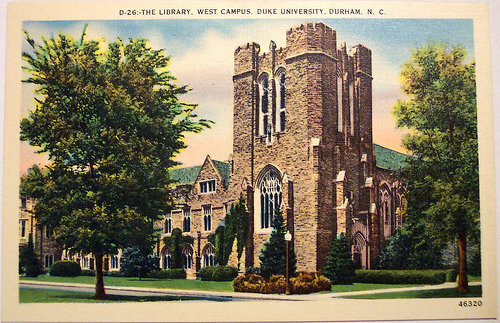A Need For Change

One hundred years ago higher education was under the providence of the wealthy and the population of students participating in institutions of higher learning were decidedly of the wealthy upper class. The selection of students to participate in higher education was a restricted, for the most part, to secondary schools that were known to be of quality by the higher education institutions.
Leaders like Henry Chauncey, founder of Educational Testing Services, paved the way towards merit based access to higher education institutions. Over the past hundred years an increasing number of students have pursued their dream of entering into the middle class via the promise of higher education. In pursuit of making a better life for themselves and their families, scores of students enrolled in higher education institutions. As time has progressed, there is an increased demand for access to higher education, as well increasing scrutiny of the value provided by public and private higher education institutions.
Recent economic pressures and the challenges of a globally competitive economy have led many to see higher education as the solution to meeting social goals of employment and economic development. The promise of higher education as a way to meet these goals can be seen in Initiatives such as President Obama’s goal of making the United States the leader in completion by 2020. Private investment has been brought to bear in order to help shape the reform of education (both higher education and primary/secondary sectors) in the form of the Next Generation Learning Challenges, funded by the Bill and Melinda Gates Foundation.
In order to meet these new demands from students, parents, governments and a growing market, there must be new levels of affordable access to education beyond the high school level. While online degree programs have been the target of scrutiny in recent years, there is a growing interest from students and legislators who are looking for models of education that will reduce time to completion, as well as provide a demonstrated value to the students, provide a return on investment for expenditures and improve results.
Higher education institutions are being asked to demonstrate their quality and the value they provide to students and society as a whole. Add to this discussion the increased costs of programs, decreased ability for states to subsidize education, and an overall increased awareness of accountability measures in education. The state of Tennessee has moved to a model where they are linking state funding of higher education institutions to performance criteria. Private sector competitors, as well as institutions from other states are entering regional education markets that were traditionally safe from competition due to geographical boundaries. As the price of higher education continues to grow—albeit often due to declining state support—students, parents, industry, and legislators should ask questions as to the alternatives to our current model of higher education. Alternatives are becoming increasingly accessible to students. The competition for these students can be won by those who can best articulate the value proposition for students and other stakeholders.
As these alternative paths to degree attainment and certification become available, we must consider what we value most from the higher education experience. In this flat world, with improving information and communication technology becoming part of our culture, as well as the cultural shift towards social connection via online technology, people are increasingly aware of the ability to connect and to engage in communities. The time is right for education leaders, students, parents, government officials and industry to carefully consider how we measure a quality education and how we develop the leaders and innovators for the future. What is the role for our institutions of higher education in this global environment? What role do institutions play in the economic development of their communities, regions, and globally?
Both private sector and state supported institutions of higher education must take an active role in this discussion, or they will be forced to simply react to the sweeping environmental changes that are reshaping the landscape of higher education.
Author Perspective: Administrator



